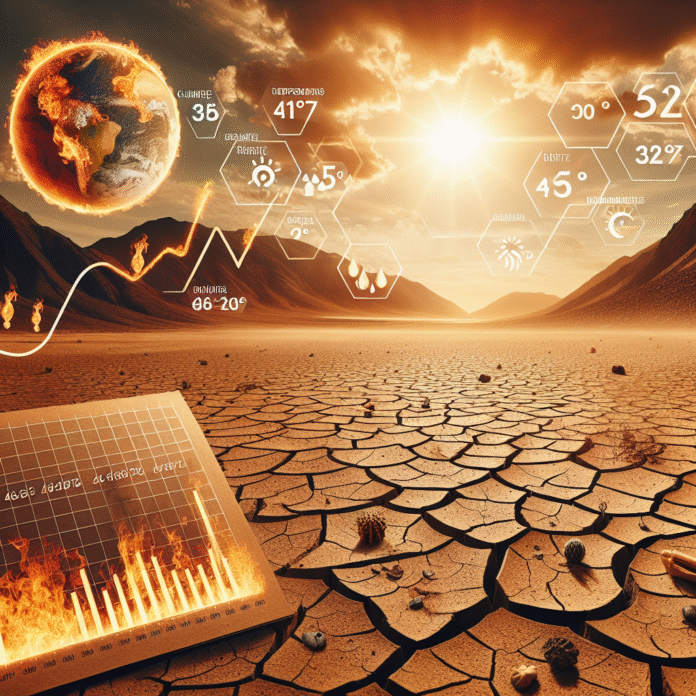Understanding the Risks of Extreme Heat
Extreme Heat: Understanding This Climate Risk
Extreme heat is becoming an increasingly pressing concern in our changing climate, posing significant risks to human health, agriculture, and the environment. As global temperatures rise, the frequency, duration, and intensity of heatwaves are expected to increase, making it crucial to understand the implications of this climate risk.
The Health Impacts of Extreme Heat
Extreme heat can have dire consequences for public health. High temperatures can lead to heat-related illnesses such as heat exhaustion and heatstroke, which can be particularly dangerous for vulnerable populations including the elderly, children, and those with pre-existing medical conditions. Additionally, extreme heat can exacerbate chronic health issues, increase the risk of respiratory and cardiovascular problems, and contribute to higher mortality rates during heatwaves.
To mitigate these health impacts, public health officials emphasize the importance of heat preparedness. This includes creating heat action plans, raising awareness about the dangers of extreme heat, and ensuring access to cooling centers for those in need.
Effects on Agriculture and Food Security
Agriculture is heavily affected by extreme heat, which can lead to reduced crop yields and lower quality produce. High temperatures can stress plants, disrupt pollination, and increase water demand, putting additional strain on already scarce water resources. Livestock can also suffer from heat stress, leading to decreased productivity and higher mortality rates.
To adapt to these challenges, farmers are exploring more resilient crop varieties, implementing water conservation techniques, and adjusting planting schedules to align with changing climatic conditions. Sustainable agricultural practices can help mitigate the effects of extreme heat and ensure food security in the future.
The Environmental Consequences
Extreme heat does not only impact human health and agriculture; it also has significant environmental repercussions. Elevated temperatures can lead to increased evaporation rates, affecting water supply and quality. Additionally, ecosystems may struggle to adapt to rapidly changing conditions, leading to shifts in species distribution, loss of biodiversity, and altered habitat conditions.
Moreover, extreme heat can exacerbate wildfires, which have become more frequent and intense in many regions. The interplay between heat and drought creates a dangerous combination, making it vital for land management strategies to incorporate fire prevention and ecosystem resilience measures.
Economic Implications
The economic consequences of extreme heat are far-reaching. Increased healthcare costs due to heat-related illnesses, decreased agricultural productivity, and heightened energy demands for cooling can strain national and local economies. Industries such as construction and outdoor labor may also face disruptions, leading to reduced productivity and income losses.
Investing in climate resilience measures, such as green infrastructure, energy-efficient buildings, and urban heat mitigation strategies, can help communities adapt to extreme heat while also creating jobs and stimulating economic growth.
Global and Local Responses
Tackling the challenges posed by extreme heat requires coordinated efforts at both global and local levels. International agreements, such as the Paris Agreement, aim to limit global warming and mitigate climate change impacts. Local governments can implement heat action plans, enhance green spaces, and promote energy efficiency to help communities adapt.
Public awareness campaigns play a crucial role in educating individuals about the risks of extreme heat, encouraging proactive measures such as staying hydrated, avoiding outdoor activities during peak heat, and utilizing cooling resources.
Conclusion
As extreme heat becomes an increasingly common climate risk, understanding its impacts and exploring adaptive strategies is essential. By prioritizing public health, agricultural resilience, environmental protection, and economic stability, societies can better prepare for and mitigate the effects of extreme temperatures. Collaborative efforts at all levels will be crucial in addressing this significant challenge and ensuring a sustainable future for all.
